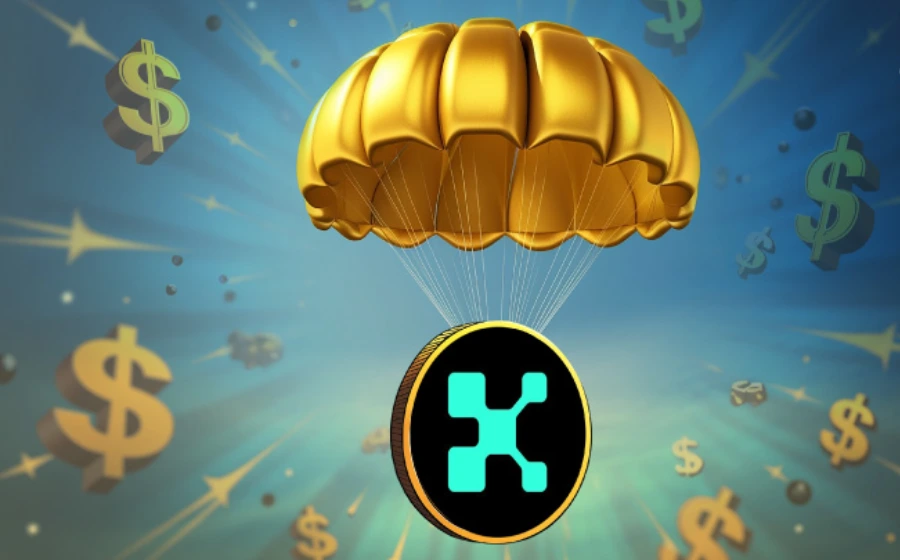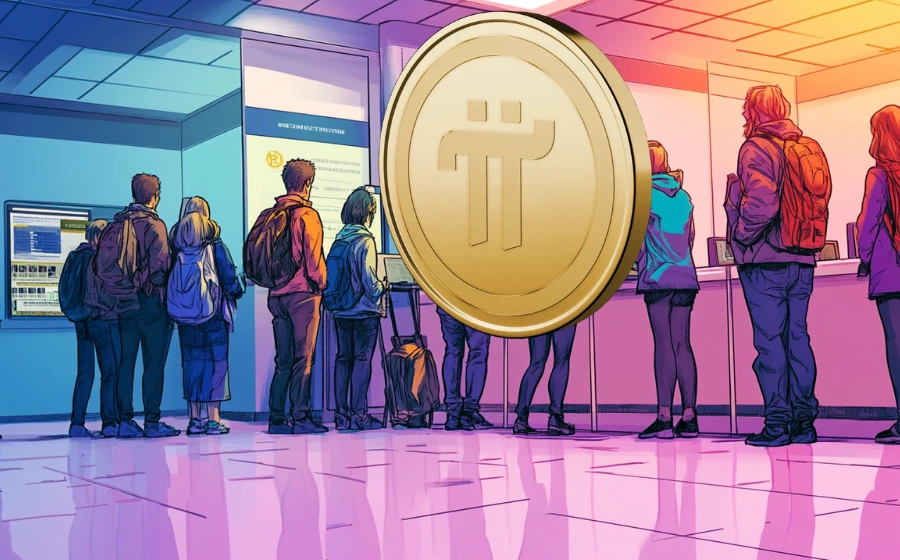
KEYTAKEAWAYS
-
RaveDAO bridges blockchain and culture — turning live music festivals into seamless Web3 onboarding events where thousands of users join the chain without even realizing it.
-
Its dual-engine token model links real-world profits to token value, using staking and buyback mechanics to build a sustainable, non-speculative economy.
-
By merging music, technology, and social impact, RaveDAO has evolved from an idealistic DAO into a global cultural brand shaping the next phase of Web3 adoption.

CONTENT

THE RETURN OF MEANING
In a world drowned in speculation and digital noise, RaveDAO stands out like a flash of neon in the dark. Its mission is simple yet radical — to bring emotion back to Web3. The project does not start with tokens or trading volumes but with people, music, and meaning.
RaveDAO calls this new phase “Rave 3.0.” It believes that if technology cannot move people, it will never change the world. Its vision is to build a cultural layer for Web3 — a bridge connecting blockchain to human emotion.
In RaveDAO’s story, Rave 1.0 was rebellion, Rave 2.0 was commercialization, and Rave 3.0 is the return. It revives the original spirit of freedom, connection, and community, showing that digital culture can still feel alive.
This philosophy became its business model. RaveDAO blends blockchain with real-world festivals, turning technology into experience. From 808 Festival in Bangkok to NEON Countdown in Singapore, thousands joined its on-chain events without even realizing they were using blockchain.
FROM IDEAL TO REALITY
RaveDAO began with idealism. Its early whitepaper described a decentralized creator economy where every artist, fan, and live moment could be minted as an NFT. It dreamed of tokenizing experience itself.
Reality, however, had different rules. A single event can gather tens of thousands of people — and managing millions of “moments” as NFTs raised chaos around copyrights, image rights, and quality control.
So RaveDAO evolved. It shifted from a fully open, user-driven model to a partnership-based system. Instead of letting fans mint freely, it built Web3 infrastructure for event organizers: ticketing, payments, rewards, and collectibles all running on-chain.
This shift made all the difference. Within a year, supported by Polygon, Base, and BNB Chain, RaveDAO helped over seventy thousand new users enter Web3 through live events. They were not crypto traders. They were fans buying drinks, scanning tickets, and collecting rewards — unknowingly becoming part of the blockchain economy.
It proved a simple truth: adoption does not need friction. When technology hides behind experience, users come naturally.
WHEN CULTURE BECOMES BUSINESS
RaveDAO turns culture into a business engine. Its B2B2C model combines festival revenue, brand sponsorships, and IP licensing with a token economy that ties everything together.
The $RAVE token is the ecosystem’s coordination layer — connecting fans, artists, organizers, and brands.
Its dual-engine design powers growth in two ways. First, “buy and lock”: event organizers stake $RAVE to gain the right to host RaveDAO-branded events. Second, “buy and burn”: part of the real-world profits is used to repurchase and permanently burn $RAVE from the market.
This connects token value directly to business results. More events mean stronger demand. More demand means more staking, less supply, and higher scarcity. Real profits create real deflation. The outcome is a self-sustaining economic loop driven by real-world success, not speculation.
Unlike typical crypto projects, RaveDAO’s value is not built on hype. Every festival, every transaction, every ticket becomes a small part of a larger cultural economy.
FROM REBELLION TO ECOSYSTEM
RaveDAO’s greatest strength lies in its network. It has built a living ecosystem across entertainment, music, crypto, and finance — something no single player can easily copy.
In entertainment, RaveDAO partners with Warner Music Group to merge technology and global entertainment. This collaboration gives it credibility beyond the crypto world and opens new paths for data and audience insight.
In music, its work with 1001Tracklists brings data integrity and creative legitimacy through projects like “Top 101 Producers” and “The Future of Dance 2025.” These partnerships root RaveDAO deeply in the electronic music scene.
In crypto, it aligns with Bitget, Binance, and OKX, while Polygon, DCS, and PLVR provide the infrastructure that powers payments and onboarding. DCS bridges fiat systems, PLVR enables email-based wallets, and Polygon scales the experience for global reach.
From Dubai to Seoul, RaveDAO’s presence has transformed festivals into cultural experiments where blockchain becomes invisible but essential.
RaveDAO today is more than a DAO. It is a global brand, a business network, and a cultural operating system.
CONCLUSION: THE REINVENTION OF CULTURE
RaveDAO asks a quiet but important question — when the hype ends, what remains of Web3?
Its answer: people.
Through music and shared emotion, RaveDAO turns blockchain into something people can feel. On the dance floor, they buy, move, connect, and collect — all on-chain, yet effortlessly.
It is a growth model built on human energy. Instead of waiting for mainstream users to learn Web3, RaveDAO brings Web3 into the moments they already love.
By 2027, RaveDAO aims to expand into more than fifty local chapters and reach over three hundred thousand annual participants. With its Genesis Membership NFTs and the live $RAVE token, the cultural flywheel is already turning faster.
If the last decade of crypto was ruled by finance and speculation, the next one will be shaped by culture and experience. RaveDAO is writing that story — where meaning, not money, drives adoption.















